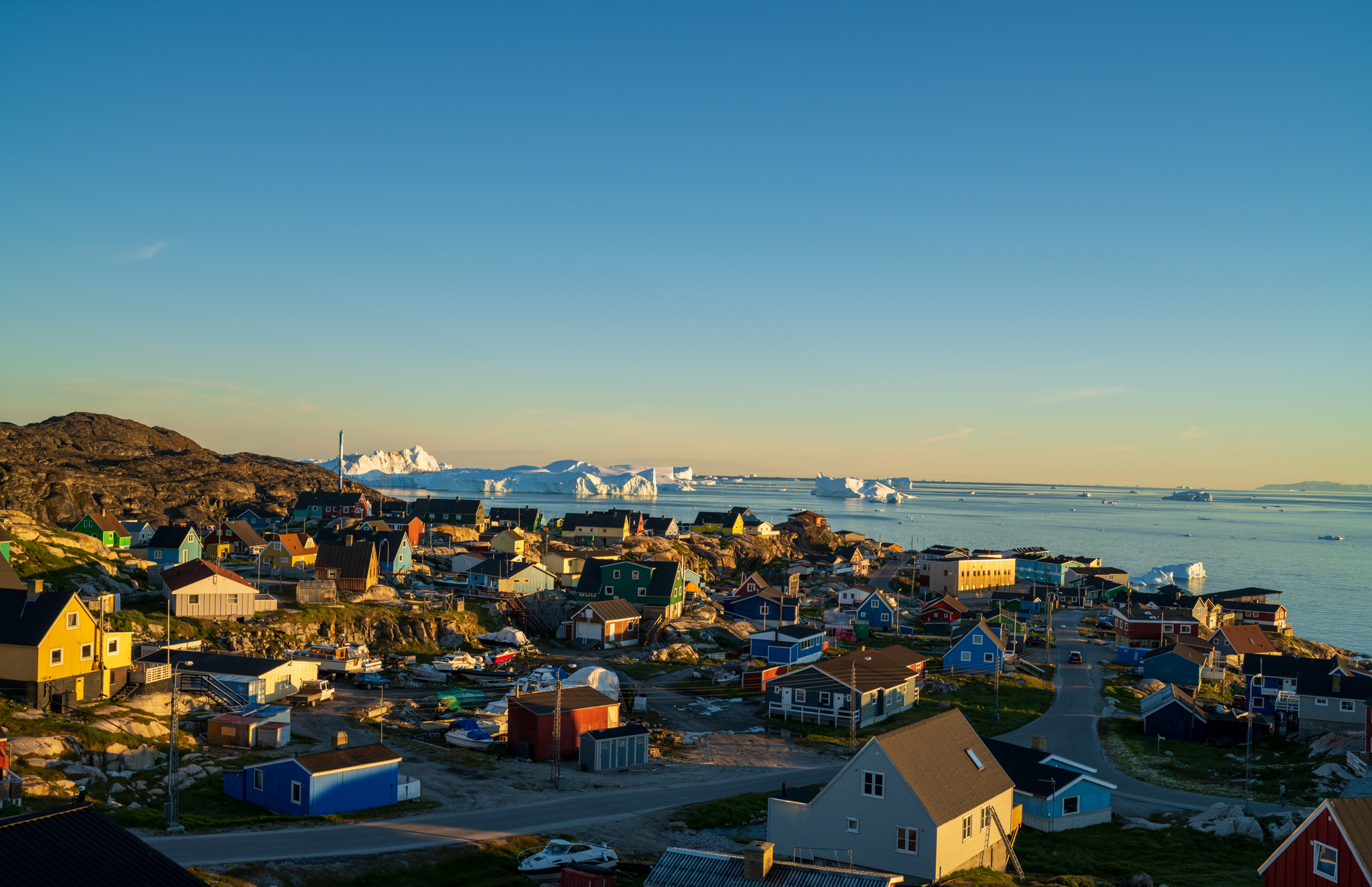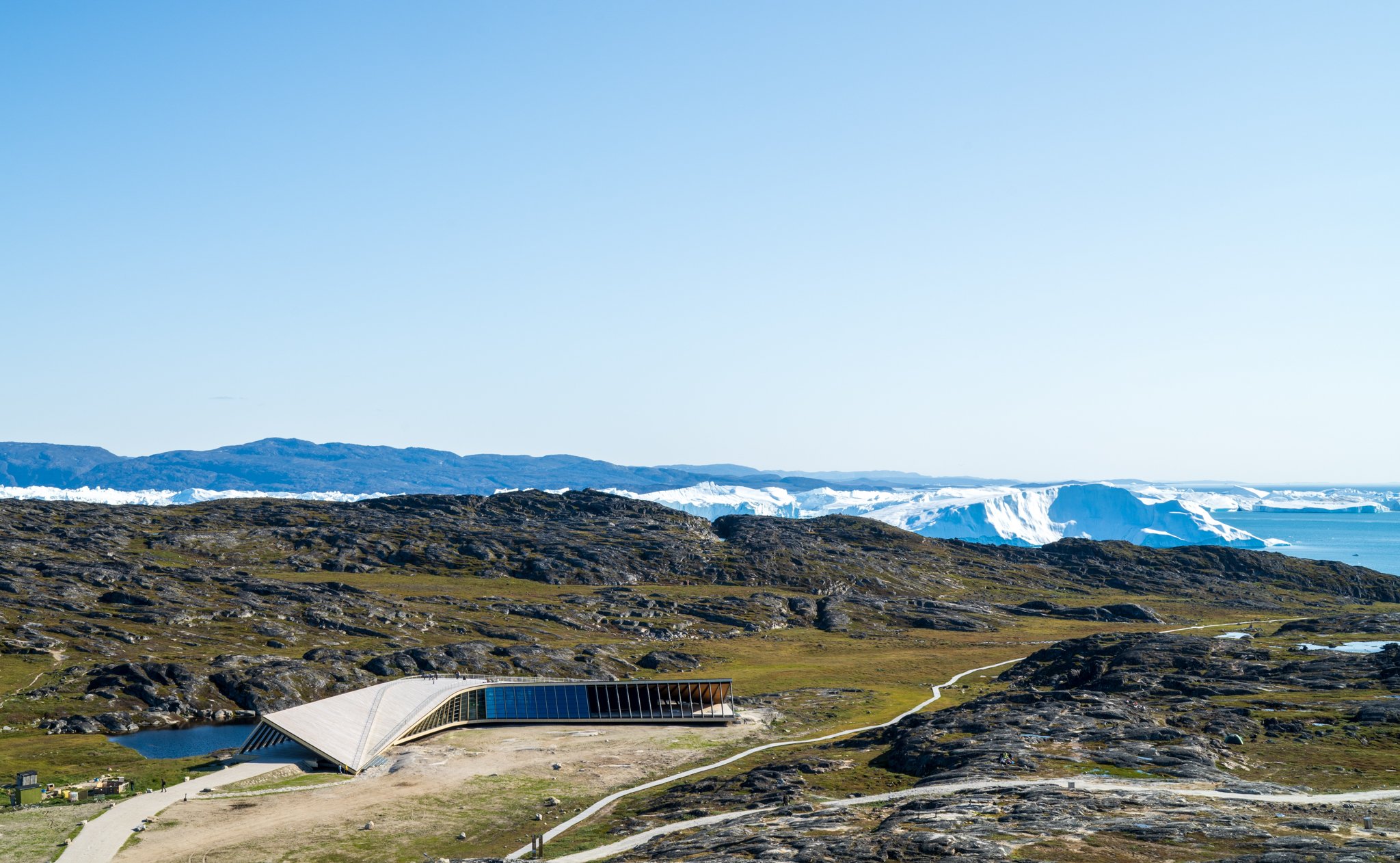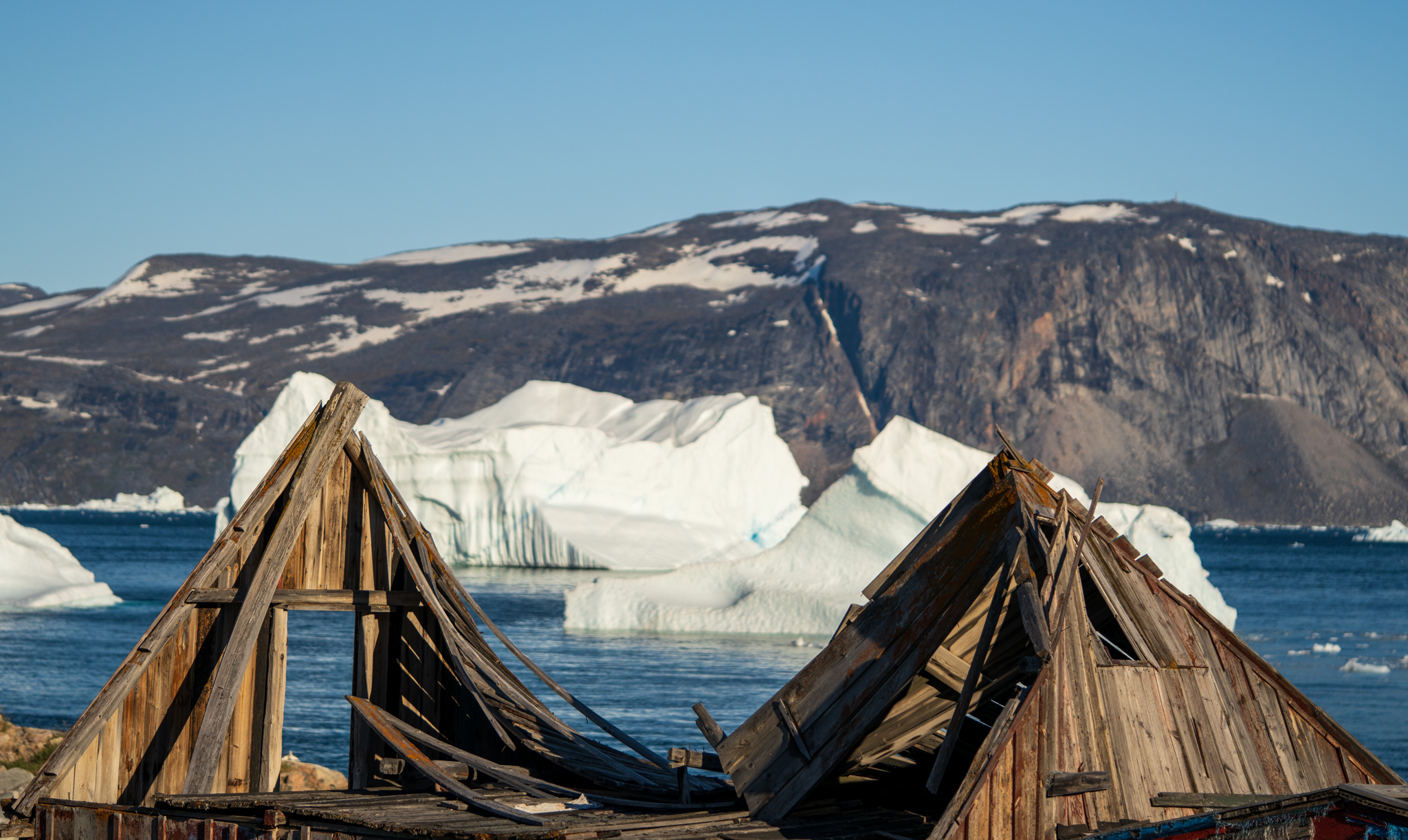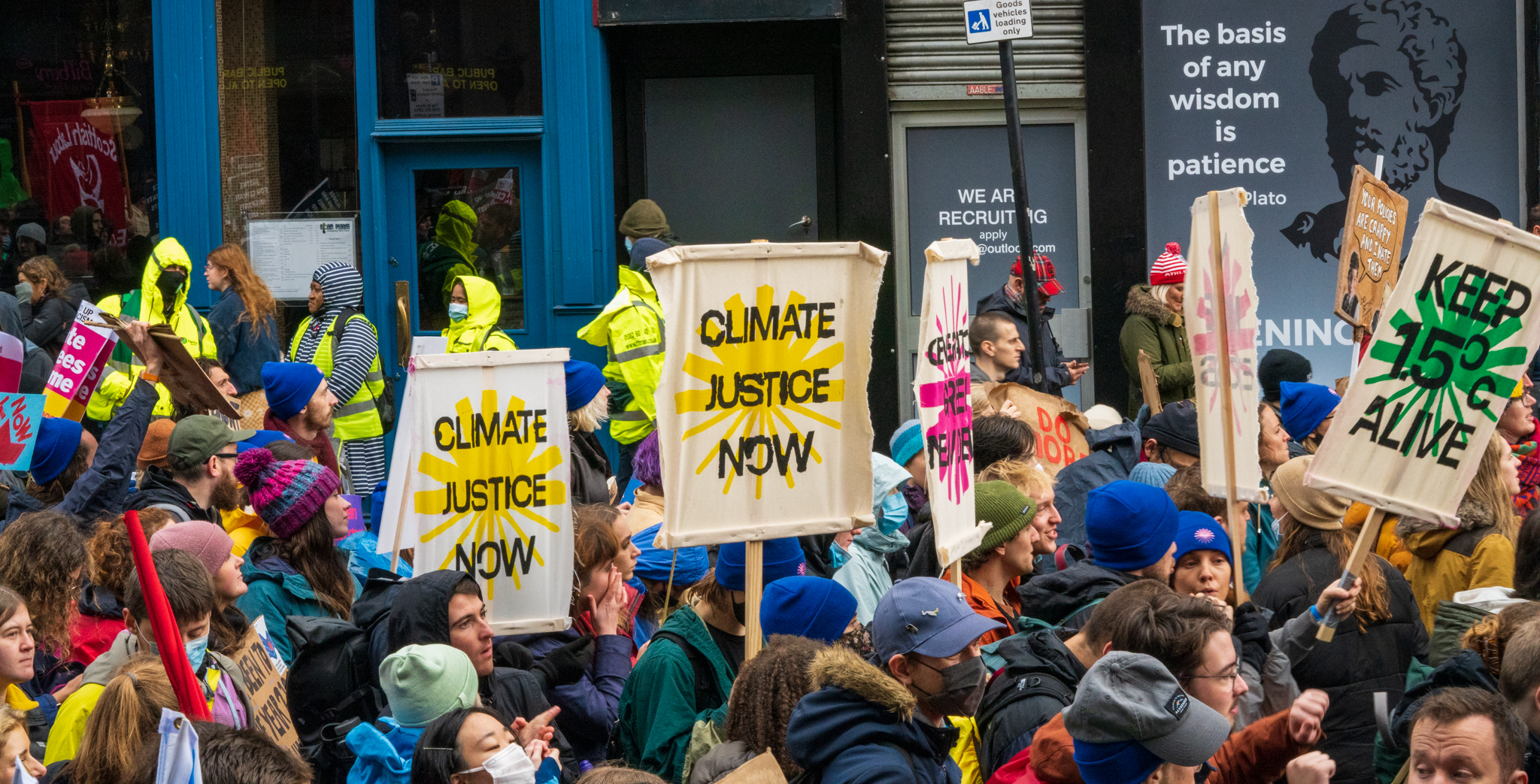
Despite its small population and remote location, Greenland is at the center of world affairs. Its terrestrial ice—the second largest quantity on the planet—is melting at an accelerating rate. This will have a disproportionate impact on sea levels and ocean currents, making Greenland’s ice a regular feature of environmental news. While this melting is creating new economic opportunities for mining and sand extraction, many local, particularly Inuit, residents are losing subsistence hunting opportunities due to sea ice loss. This loss also threatens many species. An unusual and troubling development is the predicted eventual emergence of “the city under ice”—Camp Century—which will require a massive cleanup to prevent low-level nuclear residue, diesel fuel, PCBs, and construction debris from pouring into the ocean.
The U.S. has a special relationship with Greenland, extending at least as far back as the Cold War when several bases, including Camp Century, were constructed at a strategic location between the U.S. and the USSR. More recently, former president Trump created controversy by suggesting Greenland might be worth purchasing. This was however hardly a new idea, extending at least as far back as 1867. Camp Century is significant not only for its Cold War history and ongoing environmental hazards, but also for its crucial role in the emergence of ice core science. The world’s first deep glacier ice-core was drilled here, revealing paleo-climate history just as global carbon emissions began to skyrocket in the post-war boom, with the U.S. leading the way as the world’s largest historic emitter. An important story is thus embedded here.










